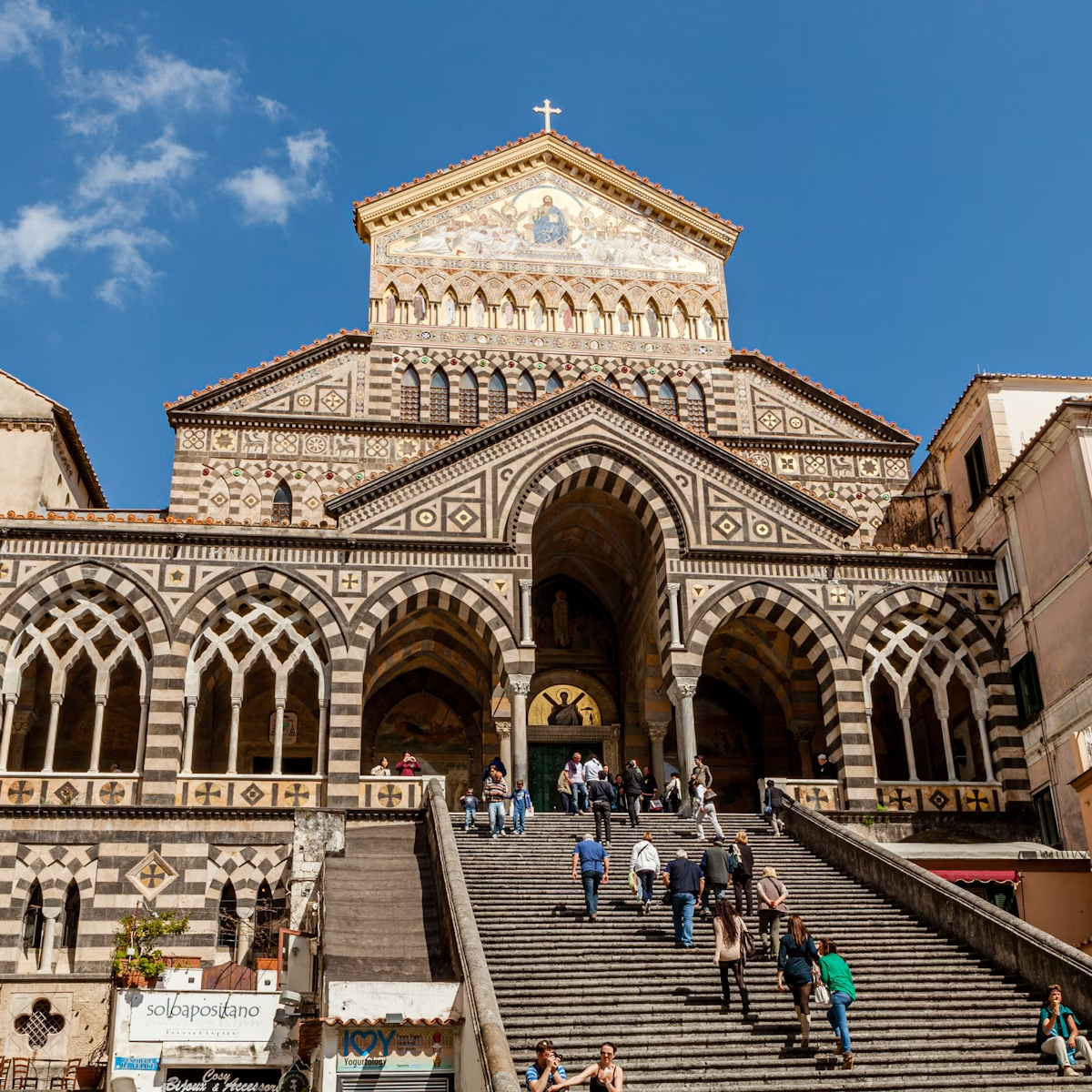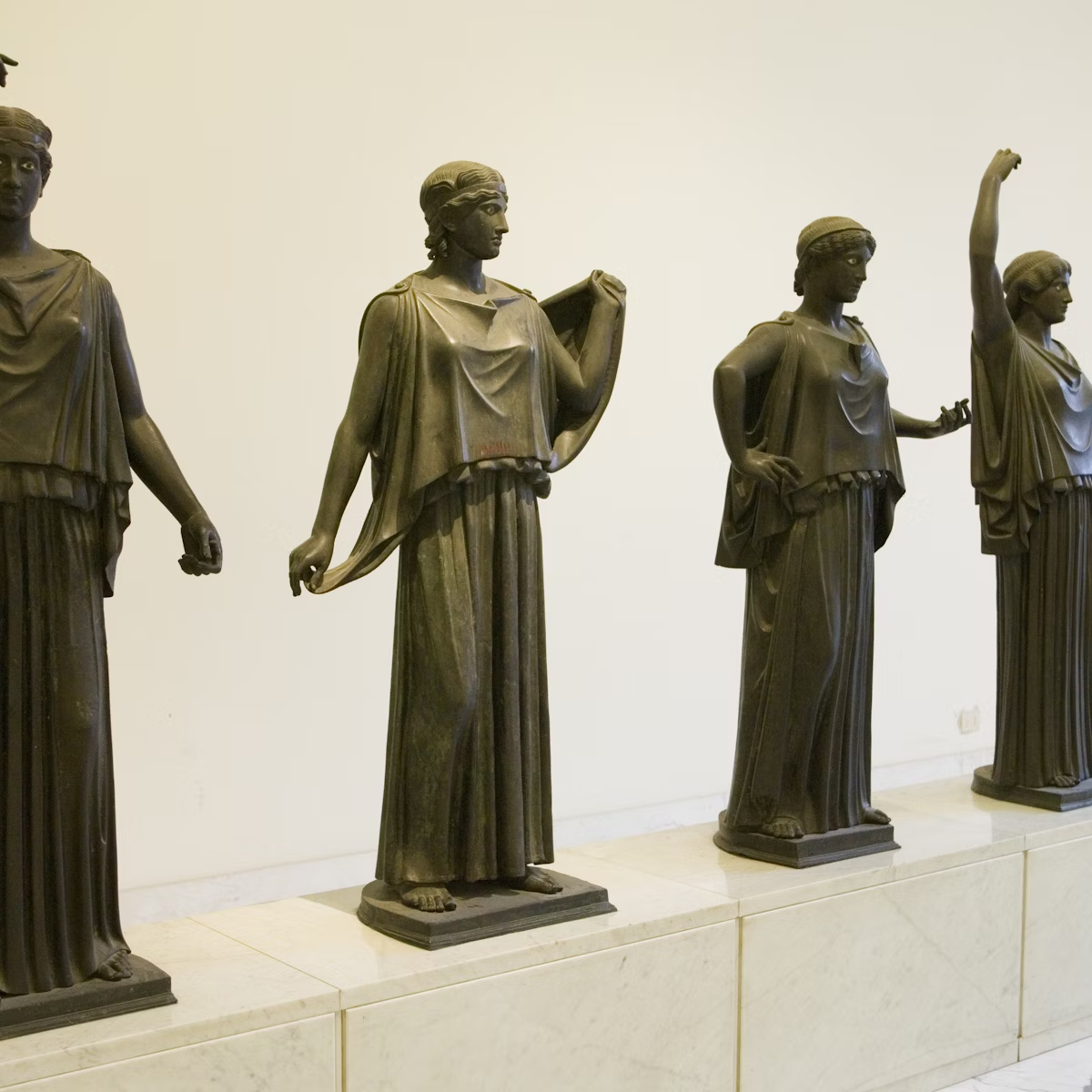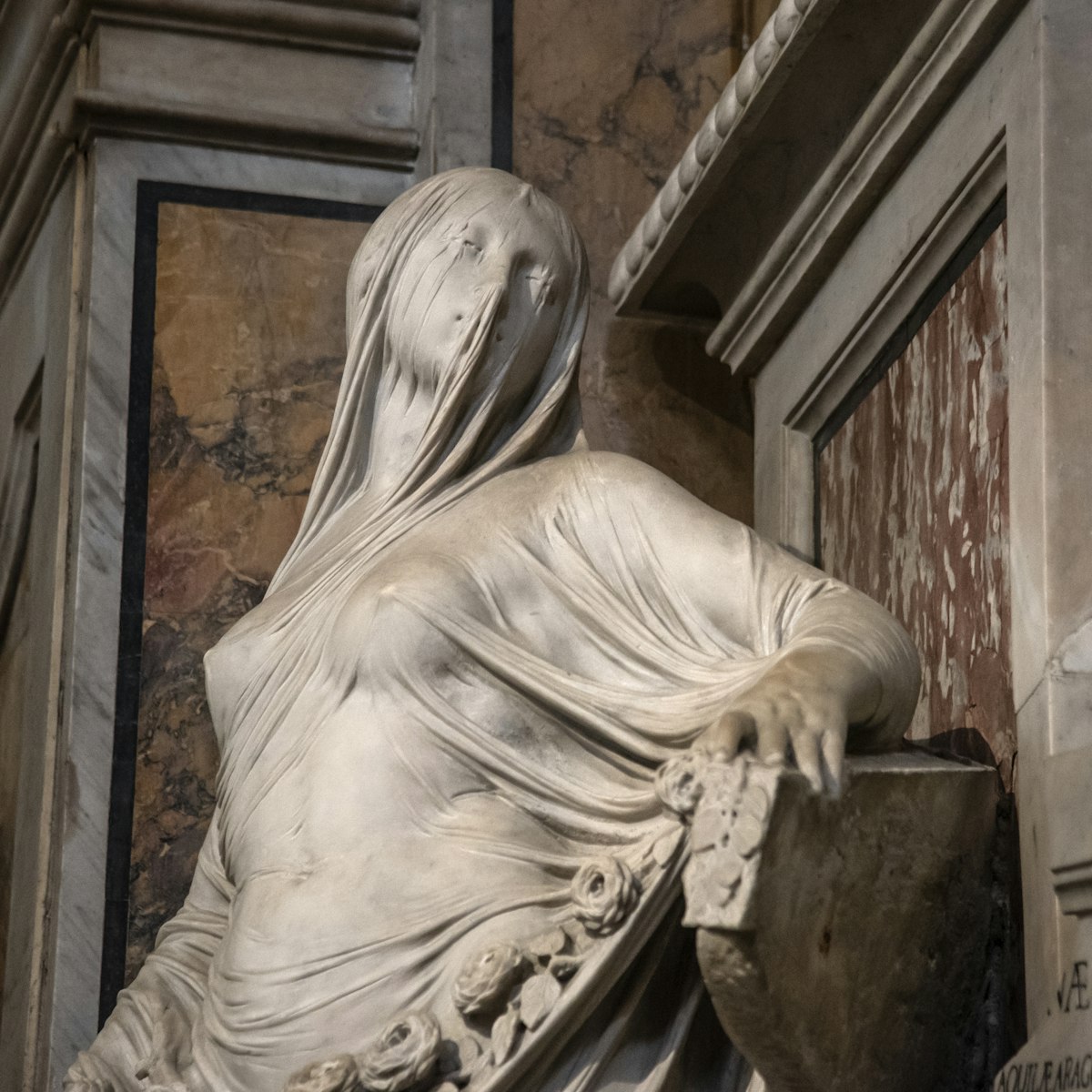This kooky museum serves up an eclectic collection of treasures, from historic Asian and European armour and weaponry to sumptuous paintings spanning the 15th to the 19th centuries. Much of the collection belonged to 19th-century prince Gaetano Filangieri, whose private, walnut-panelled biblioteca (library) afforded him commanding views of the handsome Sala Agata (Agatha Hall), worth the entry fee itself.
Graced with 19th-century majolica floor tiles, sumptuously carved columns and a coffered glass-and-timber ceiling, Sala Agata is home to much of the collection. Highlights include Luca della Robbia's delicate sculpture Testa di fanciullo imberbe (Head of a Beardless Boy), Adriaen van Ostade's humourous painting Interno di taverna (Inside a Tavern), and Jusepe de Ribera's deeply psychological canvas Santa Maria Egiziaca (St Mary of Egypt). Displayed on the mezzanine is a small but beautiful selection of Italian majolica spanning the 16th- to 18th-centuries, as well as engaging 18th- and 19th-century porcelain from Europe, China and Japan.
The building itself – known as Palazzo Como – dates from the late 15th century, its design heavily influenced by the architecture of Renaissance Florence. Incredibly, the widening of Via Duomo in the 1880s saw the building demolished and reassembled 20m further back.







